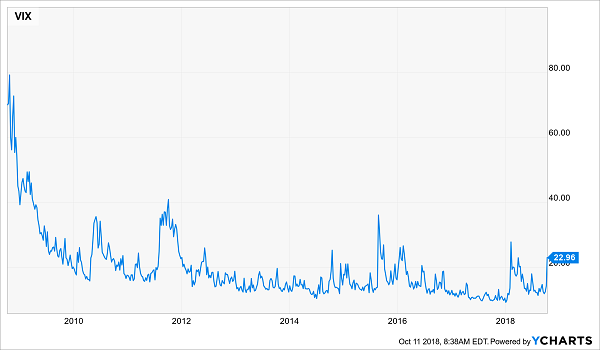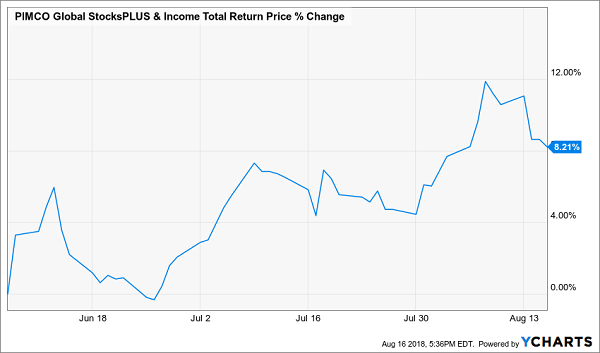There Are 17 Better Plays (Paying 7.5%) Than These 998 Bonds
Brett Owens, Chief Investment StrategistUpdated: October 23, 2018
How’s your bond portfolio doing? It should be a rock of stability right now.
Of course we may need to look past prices, which can swing wildly, and focus on net asset values and income, which are more reliable anchors.
For example I’ve been hearing from readers who were concerned that our excellent PIMCO Dynamic Credit and Mortgage Fund (PCI) isn’t “acting well.” Its price has whipsawed around this year, mostly in our favor. But lately it’s pulled back amidst the broader market drama and subscribers are worried the market “knows something” that we don’t.
Let’s put this price volatility in perspective.… Read more


